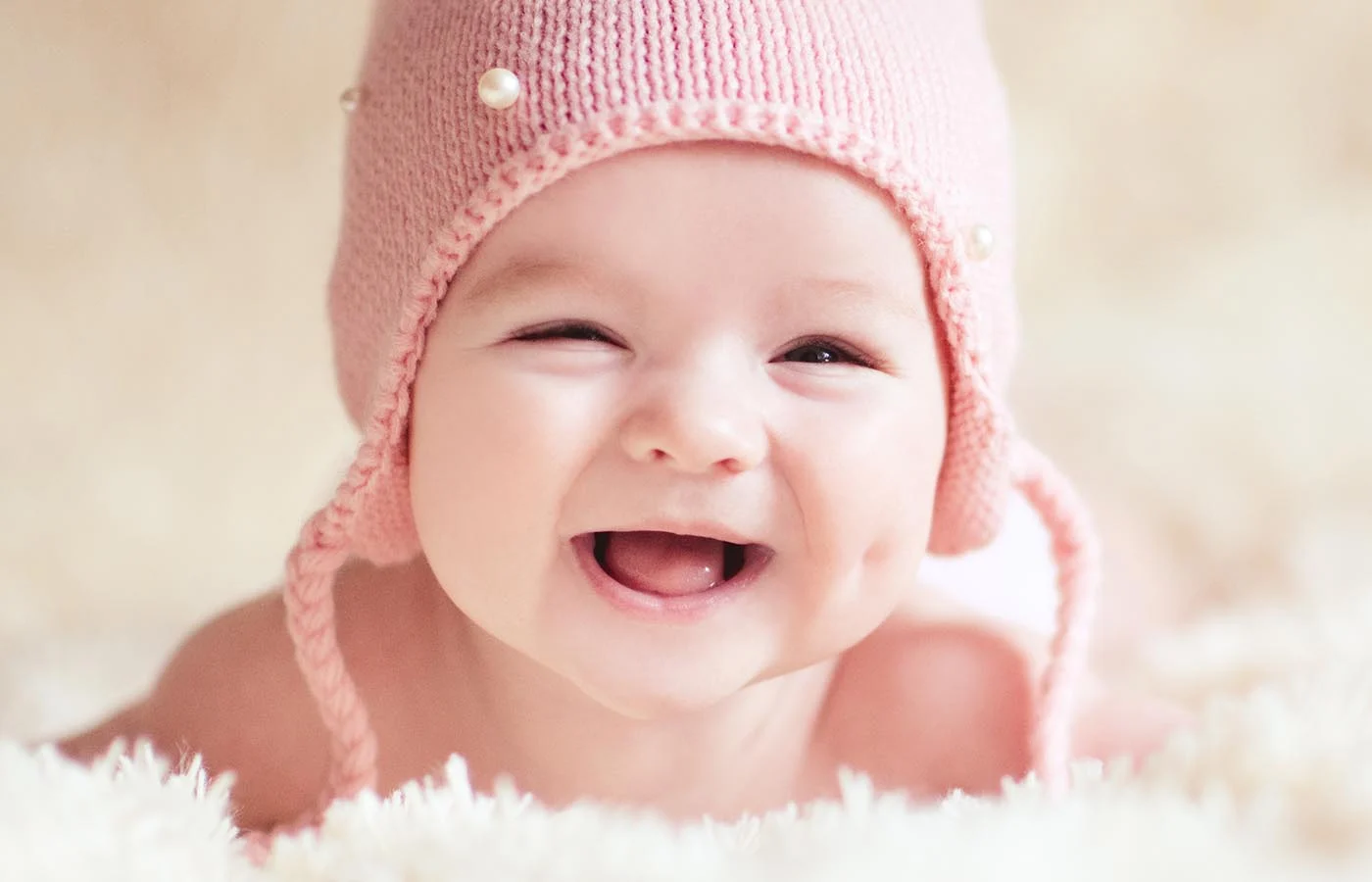Your cart is currently empty!
Why Aren’t Clothing Brands Catering to the Average Woman’s Size 16?
The average American woman now wears a size 16. So why are mainstream fashion retailers still ignoring this reality? As a woman who typically falls between a size 14 and 16, I find the lack of clothing options incredibly frustrating. It’s astonishing that a size representing a significant portion of the population is often missing from store racks.
Clothing brands, is it really so difficult to stock sizes 14 and 16? Every time I go shopping, those sizes are the first to disappear. Clearly, there’s a demand! More women than ever are wearing these sizes, so why not increase production and fill your stores? And let’s get one thing straight: it’s not about needing a special label for these sizes. Why not simply create stylish options that cater to the average woman without the “plus” label?
What does “plus size” even mean? If we need labels, shouldn’t we have one that reflects a broader range of sizes, instead of segregating them? I can recognize a size 16 without needing a sign that shouts “plus size.”
Another suggestion? Use models that actually represent these sizes in your advertisements! It’s about time we see diverse body types on your store walls alongside traditional models. Just look at some brands that do carry sizes up to 16 — yet you won’t find any models that fit those sizes showcasing their clothing on their websites.
According to new research from Washington State University, the average American woman now wears between a size 16 and 18, and there are over 100 million plus-size women in the country. Yet many designers seem to dismiss this reality, either out of disdain, lack of creativity, or fear of taking a risk. Tim Gunn, fashion expert and former Project Runway mentor, noted how demoralizing it can be for women shopping for size 14 and above.
I completely agree! It’s perplexing that stores label sections “WOMENS PLUS” when they could simply display sizes without highlighting them as different. After all, you wouldn’t label sizes zero and two as “Really Thin Women,” would you?
Brands like Express and Banana Republic offer sizes up to 14 and 16, yet you rarely see models of those sizes featured. H&M has collections labeled “plus size,” but their offerings often cap at size 12. It’s baffling! If the average woman doesn’t fit into your brand, why not adjust to meet her needs?
Mainstream designers, we are ready to spend our money on you. Just make clothing available that fits the average woman and represent us prominently in your stores. This is the body type of many women in this nation, and it’s time for designers to embrace that reality.
If you’re interested in further exploring fertility treatment options, check out this excellent resource from March of Dimes for pregnancy and home insemination. For more insights about home insemination kits, consider visiting this page on couples’ fertility journeys for intracervical insemination.
In summary, the fashion industry is missing out on a significant market by failing to cater to the average size 16 woman. By creating more inclusive sizing and representation, brands can better serve their customers and reflect the diversity of body shapes in today’s society.
